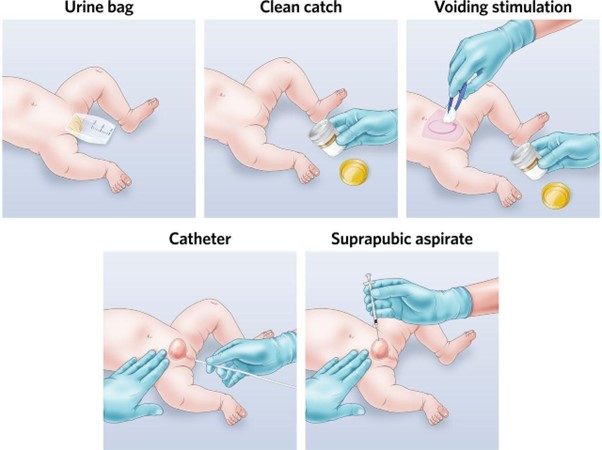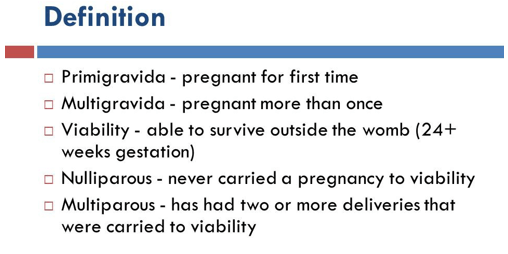A nurse is preparing to catheterize a toddler for a urine culture. Which of the following is an appropriate action for the nurse to take?
Discard the first 10 mL of urine.
Don sterile gloves prior to the procedure.
Obtain a 12-French catheter.
Apply EMLA cream prior to the procedure.
The Correct Answer is B
Choice A reason:
Discarding the first 10 mL of urine is a common practice for obtaining a urine sample for certain tests, but it is not specifically necessary for a urine culture. In a urine culture, the goal is to obtain a sample directly from the bladder to identify any bacteria present, so discarding the initial urine is not necessary.
Choice B reason
Donning sterile gloves prior to the procedure is the appropriate action for the nurse to take. When catheterizing a toddler for a urine culture, it is essential to maintain a sterile procedure to reduce the risk of infection and ensure the safety of the child. Using sterile gloves is a crucial step in preventing contamination during the catheterization process.
Choice C reason
The size of the catheter (12-French) mentioned in option C may not be appropriate for a toddler. The size of the catheter used for a toddler would generally be smaller, depending on the age and size of the child. The appropriate catheter size should be determined based on the child's age and condition.
Choice D reason
EMLA cream is a topical anaesthetic cream used to numb the skin before certain procedures. While it might be appropriate in some cases, it is not typically used for catheterization procedures in toddlers. Catheterization is a quick procedure, and using EMLA cream may not be necessary or practical in this situation.

Nursing Test Bank
Naxlex Comprehensive Predictor Exams
Related Questions
Correct Answer is A
Explanation
When a primigravida client confides in the practical nurse (PN) about being in an abusive relationship, the primary concern is the safety and well-being of the client and her unborn child.
Providing contact information for a women's shelter is the most appropriate response in this situation. Women's shelters provide a safe haven for individuals experiencing domestic violence and can offer immediate assistance, including shelter, counseling, legal support, and other resources.
In situations involving domestic violence, it is essential to prioritize the safety and well-being of the individual experiencing abuse. Connecting them with resources like women's shelters can provide the necessary support and assistance they need to escape the abusive relationship and protect themselves and their unborn child.

Correct Answer is D
Explanation
Choice A reason:
"I should gargle with an alcohol-based mouthwash to kill germs”. This statement is not appropriate. Using an alcohol-based mouthwash is not recommended for a client with stomatitis. Alcohol can be irritating to the already inflamed mucous membranes and may worsen the condition. Instead, the client should use a mild, non-alcohol-based mouthwash or rinse as prescribed by the healthcare provider.
Choice B option
"I should limit my intake of dairy products to prevent nausea." This statement is not appropriate. While some clients may experience nausea during radiation therapy, limiting dairy products is not specifically related to stomatitis management. The client should follow any dietary recommendations provided by the healthcare provider or a registered dietitian to address nausea or other dietary concerns.
Choice C option
"I should moisten my lips with lemon-glycerine swabs." This is incorrect because lemon-glycerine swabs can be drying and irritating to the oral mucosa, which may exacerbate stomatitis symptoms. Instead, using a gentle, non-irritating lip balm or petroleum jelly is preferred.
Choice D option
"I should use a soft-bristle toothbrush to clean my teeth after meals." This response indicates an understanding of the teaching because a soft-bristle toothbrush is gentle on the gums and oral tissues, which is important for a client with stomatitis, as it helps to minimize irritation and injury.
Whether you are a student looking to ace your exams or a practicing nurse seeking to enhance your expertise , our nursing education contents will empower you with the confidence and competence to make a difference in the lives of patients and become a respected leader in the healthcare field.
Visit Naxlex, invest in your future and unlock endless possibilities with our unparalleled nursing education contents today
Report Wrong Answer on the Current Question
Do you disagree with the answer? If yes, what is your expected answer? Explain.
Kindly be descriptive with the issue you are facing.
